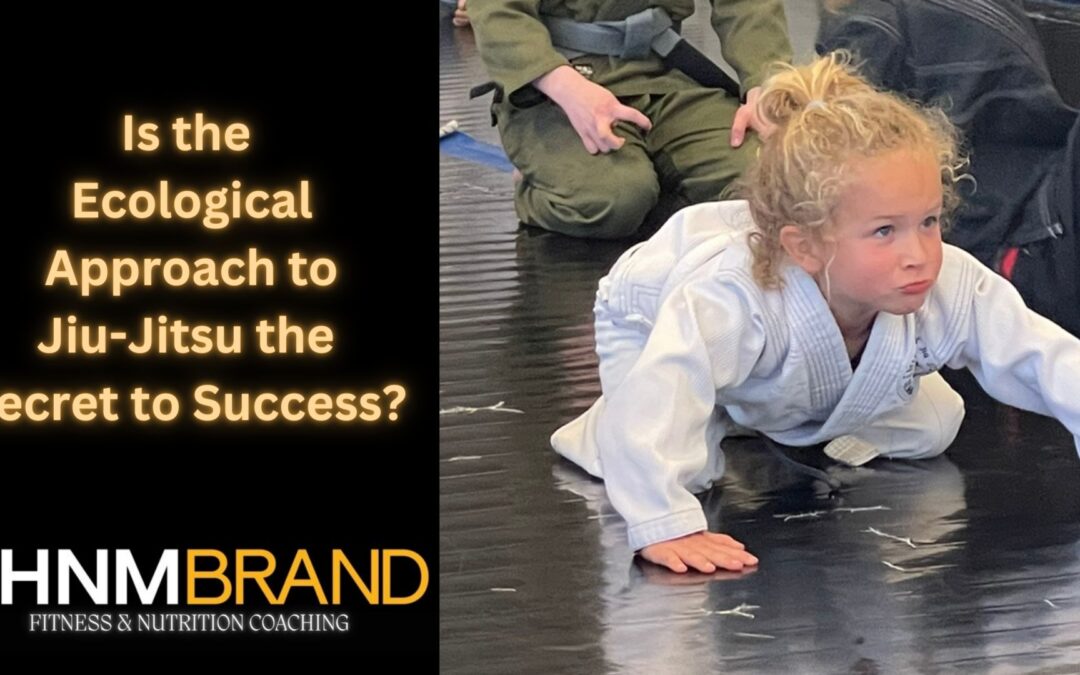Is the Ecological Approach to Jiu-Jitsu the Secret to Success or a Recipe for Disaster?
Hey there, fellow grappling enthusiasts! I’ve been coaching athletes since the late ’90s – back when baggy pants were cool and finding a jiu-jitsu black belt was like spotting Bigfoot. I got into jiu-jitsu in 2009, long before every fitness influencer and their dog decided to slap on a rash guard and start rolling. My obsession? Figuring out how people actually learn skills, not just memorizing moves like a human jukebox.
Enter the ecological approach to jiu-jitsu—the latest training craze that says, “Forget drilling, just wing it!” But is it the next big thing or just a clever excuse to avoid doing reps? Let’s break it down.
The Good Stuff (Pros)
- You Learn to Adapt—Fast!
No more getting lost when your perfectly drilled move doesn’t work. This method forces you to react and adjust on the fly, making you a problem-solving ninja on the mats.
- Thinking Instead of Memorizing
Instead of drilling techniques like a robot, you learn to troubleshoot and experiment. That means your jiu-jitsu becomes more natural and fluid—like water, as Bruce Lee would say (probably).
- More Fun, Less Repetitive
Let’s be real—doing the same move over and over can get old fast. The ecological approach keeps things engaging with game-like drills that make training feel less like homework.
- Faster Transition to Live Rolling
Ever nailed a move in drills but completely blanked during sparring? This method minimizes that disconnect by keeping training as close to real rolling as possible.
The Not-So-Great Parts (Cons)
- Where’s the Fine-Tuning?
When you’re just figuring stuff out as you go, you might miss some of the technical details that can make or break a move. Sometimes, a little old-school instruction is necessary.
- Beginners Might Struggle
Jumping straight into problem-solving without knowing the basics can be like trying to learn algebra without knowing how to add. Some structure is definitely helpful for newbies.
- Bad Habits Can Creep In
Without a coach correcting every little mistake, it’s easy to develop funky habits that might work in the gym but get you crushed in competition.
- Not Great for Complex Moves
Some techniques—like intricate guard systems—require drilling to get right. Trying to freestyle them in a live scenario might just lead to a tangled mess.
The Verdict
So, is the ecological approach the future of jiu-jitsu training? Maybe! It’s a great way to develop adaptability and creativity, but it might not be the best standalone method—especially for beginners or detail-obsessed grapplers. A mix of both approaches is probably the sweet spot.
At the end of the day, the best training method is the one that keeps you improving (and keeps you coming back for more). As someone who’s spent decades coaching and studying skill acquisition, I believe the key is balance—combining live, problem-solving training with technical instruction. So, whether you’re an old-school drill machine or a free-spirited jiu-jitsu scientist, just keep rolling!

